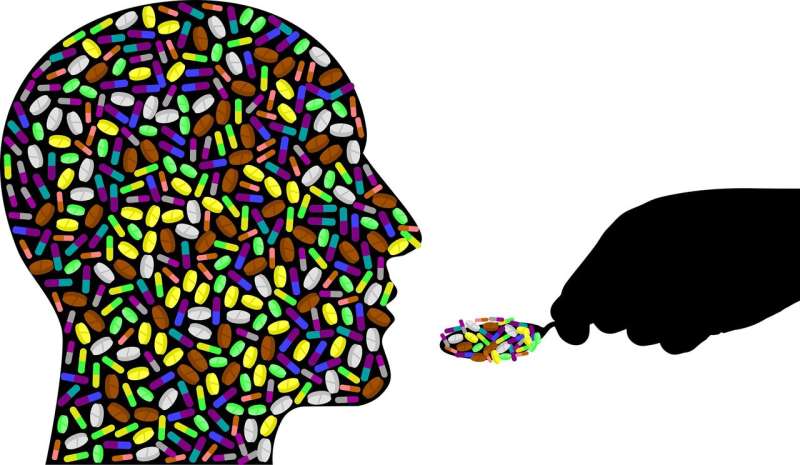Programs to reduce opioid use after urologic surgery work, especially when led by physicians

Current evidence supports the effectiveness of interventions to reduce prescribing of opioid pain medications after urologic surgery, concludes a research review and meta-analysis in the Journal of Urology, an Official Journal of the American Urological Association (AUA).
While a wide range of programs are effective, direct interventions applied at the local or departmental levels—including those designed by healthcare providers—yield greater reductions in opioid dose than statewide mandates or other indirect programs at the systemic or regulatory level, according to the report by Badar M. Mian, MD, and colleagues of Albany Medical College, Albany, N.Y.
'Physician-led interventions are impactful in limiting opioid prescriptions'
In a comprehensive review, the authors identified 22 studies of various types of interventions to reduce opioid prescriptions after urologic surgery. The studies included patients undergoing a wide range of major surgical procedures, such as prostate or bladder or kidney cancer surgery; or minor procedures, including endoscopic procedures.
Data from 19 studies including 8,318 patients were pooled for analysis using a technique called meta-analysis. The opioid-reducing interventions were classified into two groups:
- "Direct" interventions, including programs designed and supervised by physicians or other providers and intended specifically for a local patient population. Examples included hospital or department guidelines for opioid prescribing and follow-up and/or patient education programs.
- "Indirect" interventions, referring to systemic/regulatory interventions applied across the healthcare system. Examples included legislative limits on prescription size or state electronic prescription monitoring programs.
In the meta-analysis, both types of interventions led to reduced opioid prescriptions after urologic surgery. Overall average reduction in opioid dose was 68 morphine milliequivalents (MME—a standard measure to compare the dosages of different opioid medications).
However, the average reduction in prescribed opioids was greater with direct interventions: 77 MME, compared to 47 MME with indirect interventions. In some studies, patients were exposed to both direct and indirect interventions. Evidence from these studies suggested that "implementation of physician-lead, direct interventions at the local level, provide additional benefit of reducing opioid prescriptions even in the presence of regulatory, statewide mandates," Dr. Mian and colleagues write.
Patient satisfaction with pain control was unchanged from before to after the interventions. Opioid-control programs also reduced the opioid dose consumed, by an average of 18 MME. However, unused, excess prescription opioids—a major source of opioids diverted for illicit use—were still noted.
"Collectively, these data suggest that physician-lead interventions are impactful in limiting opioid prescriptions, and identify the role and responsibility for physicians to implement direct intervention at the local hospital or department level," Dr. Mian and coauthors write. "Further, any direct, locally implemented measures to reduce opioid prescription are likely to be less expensive than the implementation of regulatory mandates by health authorities."
The AUA has issued a position statement on opioid use, emphasizing prescribing of the lowest dose and potency to achieve pain control. In a subsequent paper, an expert panel made recommendations for opioid dose after specific types of procedures.
More information: Kevin M. Carnes et al, Interventions to Reduce Opioid Prescriptions following Urological Surgery: A Systematic Review and Meta-Analysis, Journal of Urology (2022). DOI: 10.1097/JU.0000000000002447





















